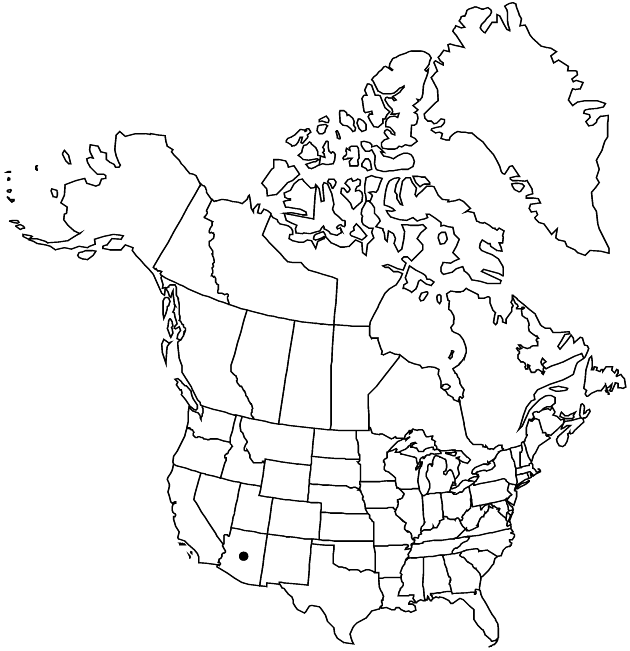Difference between revisions of "Pectis rusbyi"
in A. Gray et al., Syn. Fl. N. Amer. 1(2): 361. 1884.
FNA>Volume Importer |
imported>Volume Importer |
||
| (2 intermediate revisions by 2 users not shown) | |||
| Line 1: | Line 1: | ||
{{Treatment/ID | {{Treatment/ID | ||
|accepted_name=Pectis rusbyi | |accepted_name=Pectis rusbyi | ||
| − | |accepted_authority=Greene ex A. Gray | + | |accepted_authority=Greene ex A. Gray |
|publications={{Treatment/Publication | |publications={{Treatment/Publication | ||
|title=in A. Gray et al., Syn. Fl. N. Amer. | |title=in A. Gray et al., Syn. Fl. N. Amer. | ||
| Line 37: | Line 37: | ||
-->{{#Taxon: | -->{{#Taxon: | ||
name=Pectis rusbyi | name=Pectis rusbyi | ||
| − | |authority=Greene ex A. Gray | + | |authority=Greene ex A. Gray |
|rank=species | |rank=species | ||
|parent rank=genus | |parent rank=genus | ||
| Line 51: | Line 51: | ||
|publication year=1884 | |publication year=1884 | ||
|special status= | |special status= | ||
| − | |source xml=https:// | + | |source xml=https://bitbucket.org/aafc-mbb/fna-data-curation/src/2e0870ddd59836b60bcf96646a41e87ea5a5943a/coarse_grained_fna_xml/V19-20-21/V21_547.xml |
|tribe=Asteraceae tribe Heliantheae | |tribe=Asteraceae tribe Heliantheae | ||
|subtribe=Asteraceae (tribe Heliantheae) subtribe Pectidinae | |subtribe=Asteraceae (tribe Heliantheae) subtribe Pectidinae | ||
Latest revision as of 20:13, 5 November 2020
Annuals, 5–50 cm (taprooted); herbage spicy-scented. Stems erect or ascending, glabrous or sparsely puberulent (in decurrent lines). Leaves linear to narrowly elliptic, 10–50 × 1–5 mm, margins with 1–3 pairs of setae, faces glabrous or sparsely puberulent (dotted on margins with round oil-glands 0.2–0.7 mm). Heads borne singly or in open, cymiform arrays. Peduncles 20–80 mm. Involucres campanulate. Phyllaries distinct, oblong or narrowly obovate, 4–7 × 1–2 mm (dotted with 0–2, subterminal oil-glands plus 2–4 pairs of inconspicuous, round to narrowly elliptic, submarginal oil-glands). Ray florets 8(–13); corollas 5–11 mm. Disc florets (7–)20–55; corollas 3.5–5 mm (2-lipped). Cypselae 3–4.5 mm, strigillose or short-pilose; ray pappi of 1–4, antrorsely barbed awns 1–4 mm or coroniform; disc pappi of 15–30, antrorsely barbed bristles 2.5–5 mm or coroniform. 2n = 24 (as P. palmeri).
Phenology: Flowering Jul–Oct.
Habitat: Deserts, desert grasslands, arid scrub, dry woodlands
Elevation: 600–1600 m
Distribution

Ariz., Mexico (Baja California Sur, Sinaloa, Sonora).
Discussion
Pectis rusbyi is much less common in Arizona than P. papposa var. papposa, with which it sometimes grows.
Selected References
None.